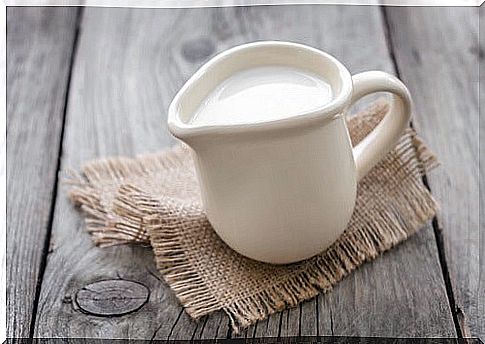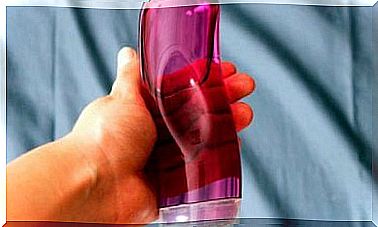Differences Between Pasteurized Milk And UHT Milk
Do you know the differences between pasteurized milk and UHT milk? Both pasteurization and uperization are sterilization treatments that serve to increase the shelf life of milk. In addition, they destroy the pathogenic microorganisms that can inhabit it and cause harm to humans.
Both methods consist of heating the milk for a certain period of time and then cooling it and packaging it. However, they present differences both in heating times and in organoleptic and nutritional changes.
However, these are sterilization methods that are not only used in the dairy industry. They are common in the brewing industry and in the manufacture of many cans of preserves, such as packaged sausages.
How is pasteurized milk different from UHT milk?
Pasteurization
Makes fresh milk. It is a process by which the milk is heated to a temperature between 55 and 75 ºC, for a period of 17 seconds. This process helps to eliminate pathogenic bacteria, maintaining the quality and properties of the product.
It allows, therefore, to respect a good part of its natural flora. However, this flora is capable of altering milk in a short period of time; For this reason, it is advisable to keep the product cold even if the container is not opened.

UHT milk
It is a more aggressive heat treatment. On the one hand, we have uperized milk that is heated by injection with steam and then rapidly cooled. On the other hand, there is UHT milk, which is subjected to temperatures of 138 ºC for a few seconds.
It has been speculated that this type of treatment could lead to the production of waste products that are harmful to health. However, its safety has been proven. This is stated in an article published in the “European Journal of Clinical Nutrition”.
This thermal process is of continuous flow and direct contact, which produces a minimum alteration of the product and allows it to be kept in perfect condition even at room temperature. However, it must be consumed within a maximum period of 3 days once it has been opened.
Such treatment allows the destruction of pathogenic organisms, but also sporulated forms. However, it is a relatively recent sterilization method.
This is because, technologically, the industry encountered two problems: first, how to heat and cool milk quickly; and secondly, finding a sterile container for its preservation. The first problem was solved by applying steam and pressure variations, and the second with the invention of the tetra Brik.

Influence on nutritional properties
During pasteurization there are practically no changes. During storage there may be a loss of photosensitive vitamins, such as vitamin A or riboflavin.
However, in the case of UHT milk things change. As it is a more aggressive treatment from the thermal point of view, there are losses of vitamins. The levels of ascorbic acid and vitamins B1 and B12 are reduced.
In addition, during prolonged storage there may be a loss of other vitamins such as A and B6. Proteins and amino acids will remain unchanged in both thermal processes.
In any case, these sterilization processes have allowed milk to reach homes with greater safety and quality. It improves the preservation of the product and reduces its microbiological risk. However, in recent years the influence of UHT milk consumption on the intestinal microflora has been studied. However, no significant effects have been found, according to an article published in the journal “Nutrients.”
The conclusions, despite not reaching the level of evidence A, speak that the consumption of this milk modifies the flora and increases inflammation. Therefore, it is recommended to prioritize the consumption of fresh milk over UHT milk.
UHT and pasteurized milk, two good foods
Both processes serve to increase the shelf life of the milk and increase its hygienic safety. However, they present a series of differences:
- Pasteurized milk must be kept cold at all times, however UHT milk can remain at room temperature until the moment the container is opened.
- The expiration date of pasteurized milk is 4 days from its packaging, while UHT milk keeps for months.
- L to pasteurized milk having organoleptic characteristics more like those of raw milk in terms of conditions of smell, taste and color. This is due to the fact that it has been subjected to a lower temperature than UHT milk.








